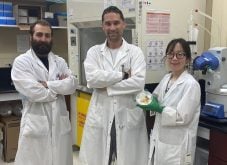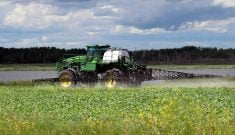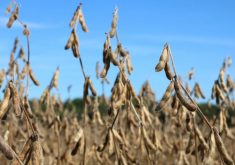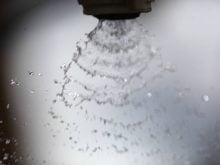The insect experts say that every farmer across the Prairies should have a huge picture of coccinellidae larvae on their machine shop wall.
If the scientific name doesn’t sound familiar, the common name certainly will. It’s the family of beetles that includes ladybugs and Asian lady beetles.
“Everybody recognizes the adults and everyone knows they’re beneficial,” University of Manitoba entomologist Jordan Bannerman said.
Read Also
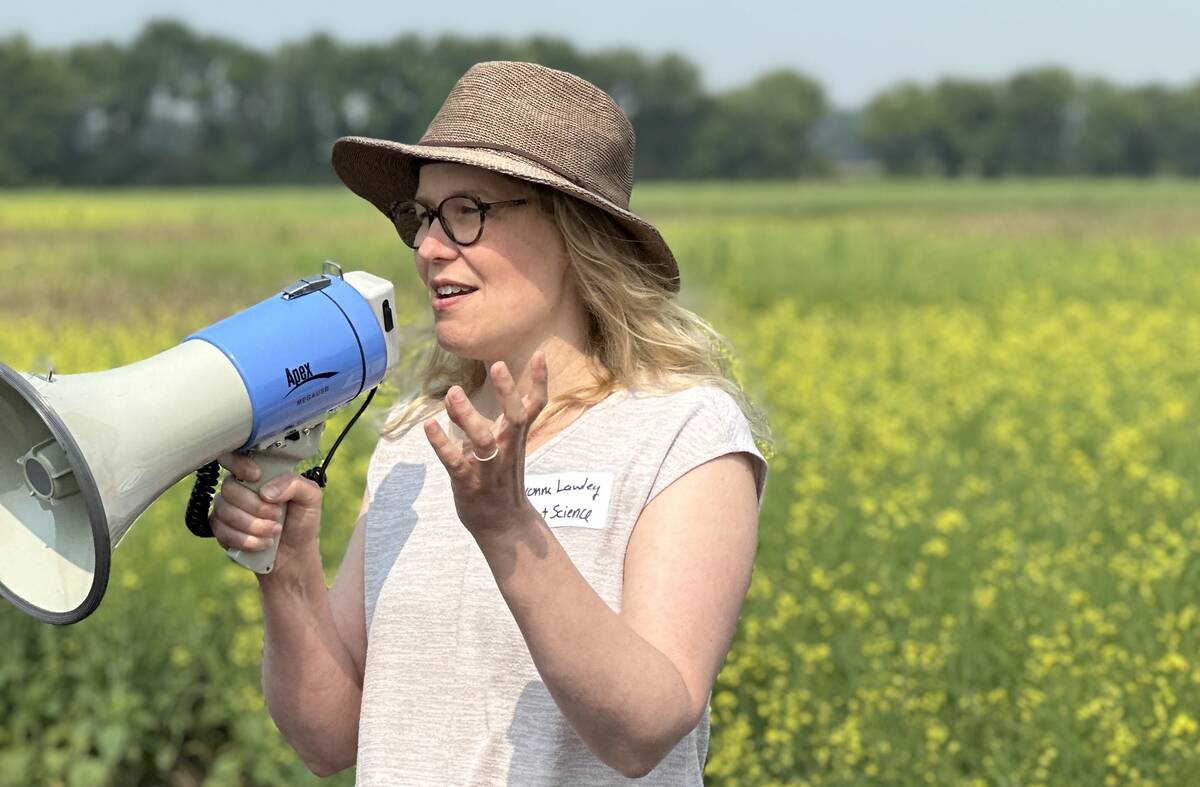
Cereal cover crops show mixed flea beetle protection for canola
University of Manitoba researchers are testing if planting fall rye and oat nurse crops help growers reduce damage without hurting yield.
“But every year [Manitoba Agriculture entomologist] John Gavloski and I get emails from folks with pictures of these little alligator-like looking guys and they get worried about them. What are these? They’re all over my crops. How do I control them?”
The answer to that last question is, don’t. The ferocious little predators are friends.
Why it matters: Like their adult selves, lady beetle larvae eat aphids, and lots of them, but farmers are far less likely to identify the immature beetles.
There are a fair number of lady beetle species, all of which have similar larvae. They’re long and narrow and textured in a way that suggests the bumps along an alligator’s back. The colours are also distinctive (see photo at top).

“They’re going to be a medium grey to black and they’re always going to have a secondary colouration,” Bannerman said. “The most common secondary colours are either white or orange – some that are a little bit more yellow, but they’re always going to be some kind of a dark colour with some kind of a bright highlight. That is very consistent with both our native and non-native species.”
The agricultural relationship with the beetles goes back a long way. European peasant farmers in the Middle Ages knew about the little red beetle that moved through their crops, eating aphids, scale insects, thrips, mites and mealybugs, as well as the eggs laid by other bugs. They were so welcomed that they were eventually called ‘Our Lady’ beetles, a reference to the Virgin Mary, to whom Christian farmers prayed for protection. Over time, that turned into the now common misnomer, ladybug.
Classification
Despite the name, the beetles stem from a different family than true bugs.
Their family name comes from the Latin word coccineus, meaning scarlet, and they’re members of the order Coleoptera, denoted by their two hind wings covered with a hard-shelled forewing, both sets folding over the back and meeting neatly in the middle.
True bugs, in contrast, belong to the order Hemiptera, which boast a different type of wing set and tough, leathery forewings that develop into a membranous tip laid on top of an additional set of membranous hind wings.
True bugs have stylet-like mouthparts for piercing and sucking, while the lady beetle has a full set of jaws for biting and chewing, typical of beetles.
Crop benefit
There are several estimates of how many aphids a lady beetle will eat. According to one Manitoba study looking at cereal fields, an adult of the native 13-spotted lady beetle may eat 110 to 160 aphids per day, depending on the surrounding temperature and type of aphid species available.
Ontario studies looking at the seven-spotted lady beetle (an introduced species) in soybeans found that consumption ranged from 80 aphids a day for males and 115 for females.
At the larval stage, they’re “eating machines,” Bannerman said. “They start eating in the morning and they eat the rest of the day until they’re done, and they do it the next day, feeding on the same things.”
Those same Ontario studies put third-instar larvae consumption at 105 aphids a day.

The adults, meanwhile, have other things to do. They hibernate over the winter, mate in the spring and then get about laying their oval-shaped eggs, anywhere between 30 to 1,000 over the season.
Those eggs are situated as close to a stand of aphids as possible, so the less mobile but voracious offspring have instant access to food.
The larvae, in fact, are chewing the moment they get into the world. They eat the shell of the egg from which they just hatched. They may eat any infertile eggs in the clutch. That provides their first fuel before getting to work on nearby aphids.
Then, the eating and growing really gets underway. The larvae go through four instar stages, each time emerging from their moult a bit bigger, but still bearing that alligator-esque shape. After reaching their full growth, the eating pauses for a day or so before they harden into orange-bodied, spotted pupae. Adults emerge a week or two later.
According to a 2017 fact sheet put out by Gavloski, Manitoba claims 66 species of lady beetle. The adults have the scarlet coat (sometimes ranging to yellow or orange) and typical black spots, although Bannerman noted that the Asian lady beetle adds some diversity to the colouration trend.
“We have the Asian lady beetle which has between zero and unlimited amounts of spots,” he said. “Sometimes the spots are so thick the entire beetle is black. They are highly, highly variable.”



